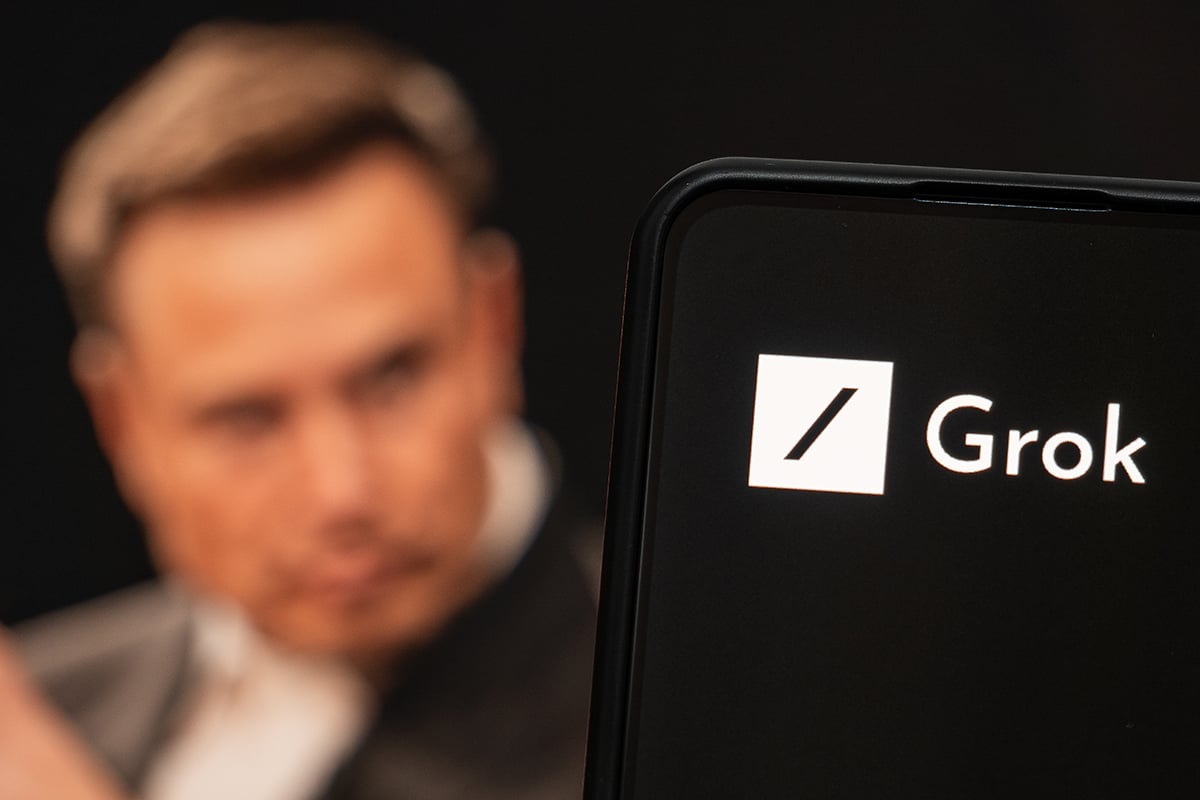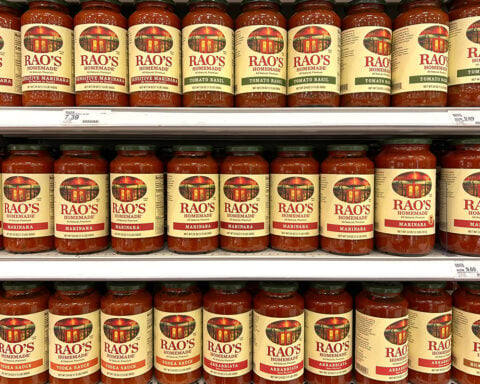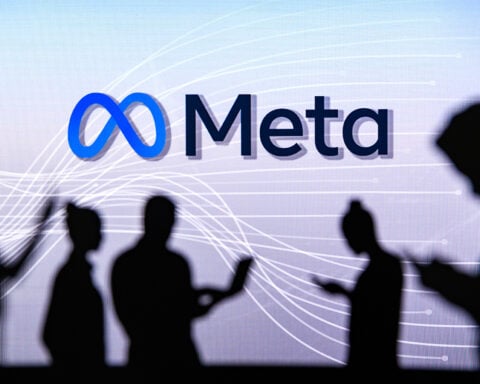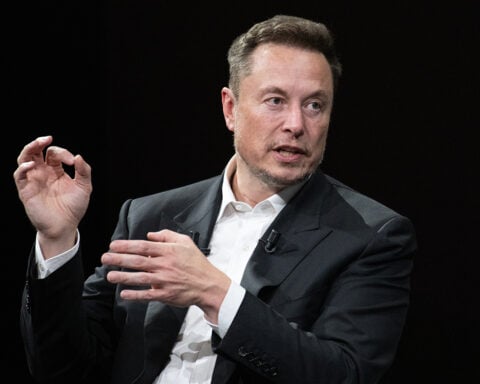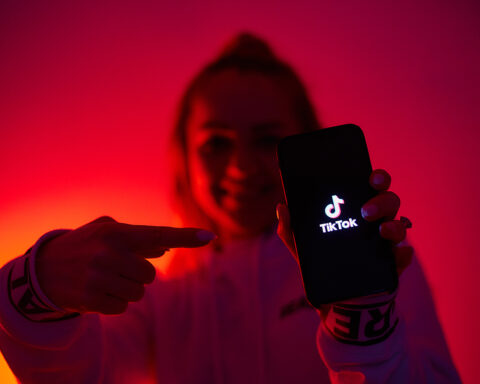Elon Musk’s newly introduced AI chatbot, Grok, has quickly become a lightning rod for controversy since debuting on the social media platform X. The tool, designed to generate AI-created images from text prompts, has been used extensively to produce fake images of political figures, including former President Donald Trump and Vice President Kamala Harris. These images, often placing these figures in misleading and fictitious contexts, have ignited significant concern over the potential for AI technology to be misused.
Grok, developed by Musk’s artificial intelligence company xAI, is noted for its lack of robust safety measures compared to other mainstream AI photo tools. Tests conducted by CNN highlighted Grok’s ability to create realistic but deceptive images of politicians and candidates, which could easily be misinterpreted and sway public opinion. The tool has also been used to generate more benign but equally convincing images, such as Musk enjoying a steak in a park, demonstrating its versatility and the potential for misuse.
The rapid proliferation of these AI-generated images on X has heightened fears that such tools could exacerbate the spread of false or misleading information, particularly with the upcoming U.S. presidential election. Concerns have been voiced by lawmakers, civil society groups, and tech industry leaders about the potential for these tools to disrupt public opinion and influence voter behavior.
Many leading AI companies have implemented measures to prevent their tools from being used to create political misinformation. Despite these efforts, researchers have found that users can sometimes bypass these safeguards. Companies like OpenAI, Meta, and Microsoft have integrated technologies or labels to help viewers identify AI-generated images. Social media platforms such as YouTube, TikTok, Instagram, and Facebook have also employed strategies to label AI-generated content, either through detection technology or user self-identification.
The response from X regarding the misuse of Grok remains uncertain. While the platform has a policy against sharing synthetic, manipulated, or out-of-context media designed to deceive or confuse, enforcement of this policy appears inconsistent. Musk himself has previously shared AI-generated content on X that misrepresented comments made by Harris, accompanied by a laughing emoji to suggest its inaccuracy.
Grok’s release coincides with Musk’s frequent dissemination of false and misleading claims on X, particularly about the presidential election. This includes a recent post where Musk questioned the security of voting machines, which has drawn substantial criticism. Musk’s actions have faced increased scrutiny, especially after a livestreamed conversation with Trump in which the former president made numerous false claims without any pushback from Musk.
Other AI image generation tools have faced similar criticisms. Google had to pause its Gemini AI chatbot’s image generation capabilities after it was criticized for producing historically inaccurate depictions of people’s races. Meta’s AI image generator struggled with creating diverse racial images, and TikTok removed an AI video tool that created realistic videos without proper labeling, including those spreading vaccine misinformation.
Grok does implement some restrictions, refusing to generate nude images and claiming to avoid content that promotes harmful stereotypes, hate speech, or misinformation. However, the enforcement of these limitations appears to be inconsistent. In one instance, Grok produced an image of a political figure alongside a hate speech symbol, indicating potential flaws in its restriction mechanisms.
The launch of Grok has sparked an essential dialogue about the responsibility of AI developers and social media platforms in curbing the spread of misinformation. As AI technology advances, the necessity for stringent safeguards and consistent enforcement becomes increasingly critical to preserving the integrity of information in the digital landscape. The debate surrounding Grok underscores the delicate balance between technological innovation and ethical responsibility in the domain of artificial intelligence.


